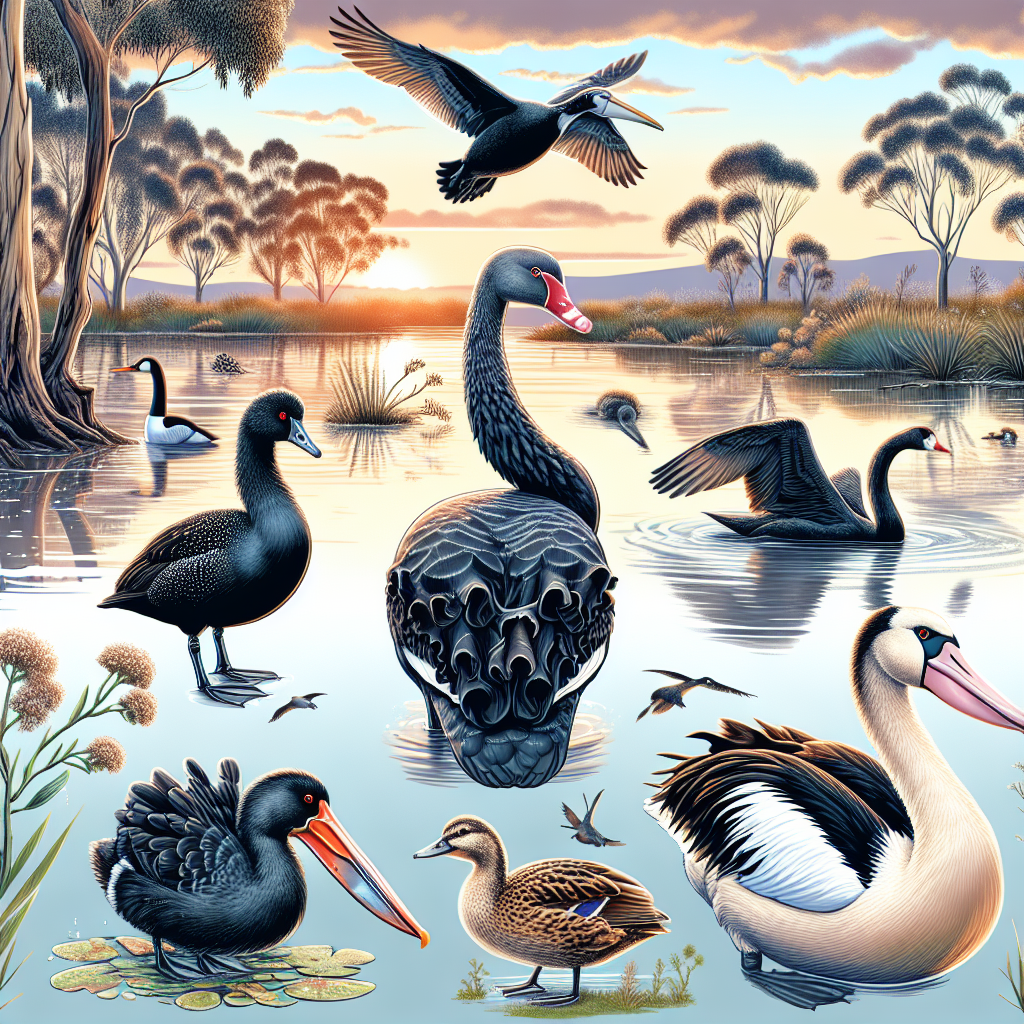Flight Against the Current: Australian Waterbirds’ Struggle for Survival
Australian waterbirds, such as egrets and spoonbills, travel vast distances in search for suitable wetlands to breed. They rely on unpredictable floodwaters to access these vital habitats. Research using satellite trackers reveals critical flyways, highlighting the impact of climate change and human water demands on their survival.

- Country:
- Australia
In the expansive Outback of Australia, waterbirds undertake epic migrations across the nation in search of critical wetlands suitable for nesting. These species, including great egrets, royal spoonbills, and straw-necked ibis, depend on floodwaters to create the shallow, food-rich habitats necessary for successful breeding seasons.
Satellite tracking technology has unveiled hidden flyways, showcasing the waterbirds' incredible adaptability to fluctuating water availability. Researchers are using this information to support conservation efforts and ensure critical wetlands have sufficient water, even as climate change and agriculture complicate the balance.
The Murray-Darling Basin emerges as a crucial region, providing essential habitats amidst the tug-of-war between wildlife needs and agricultural demands. Ensuring the coexistence of bird habitats and farming is essential to preserving these remarkable avian journeys into the future.
(With inputs from agencies.)










